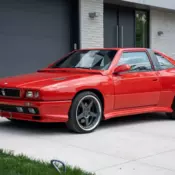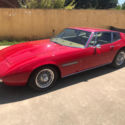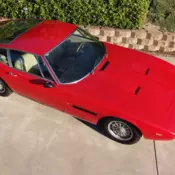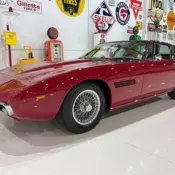-1967 Maserati Ghibli 4.7 Coupe
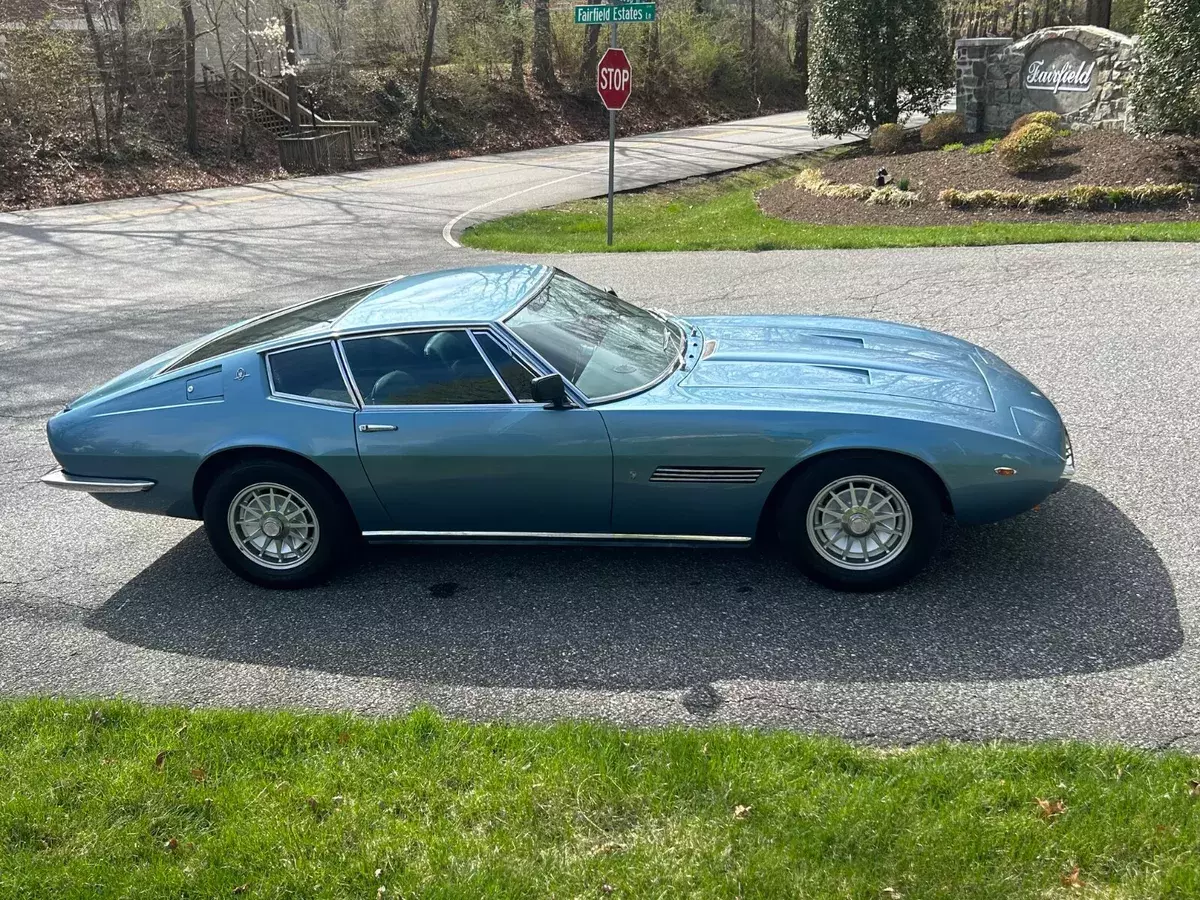
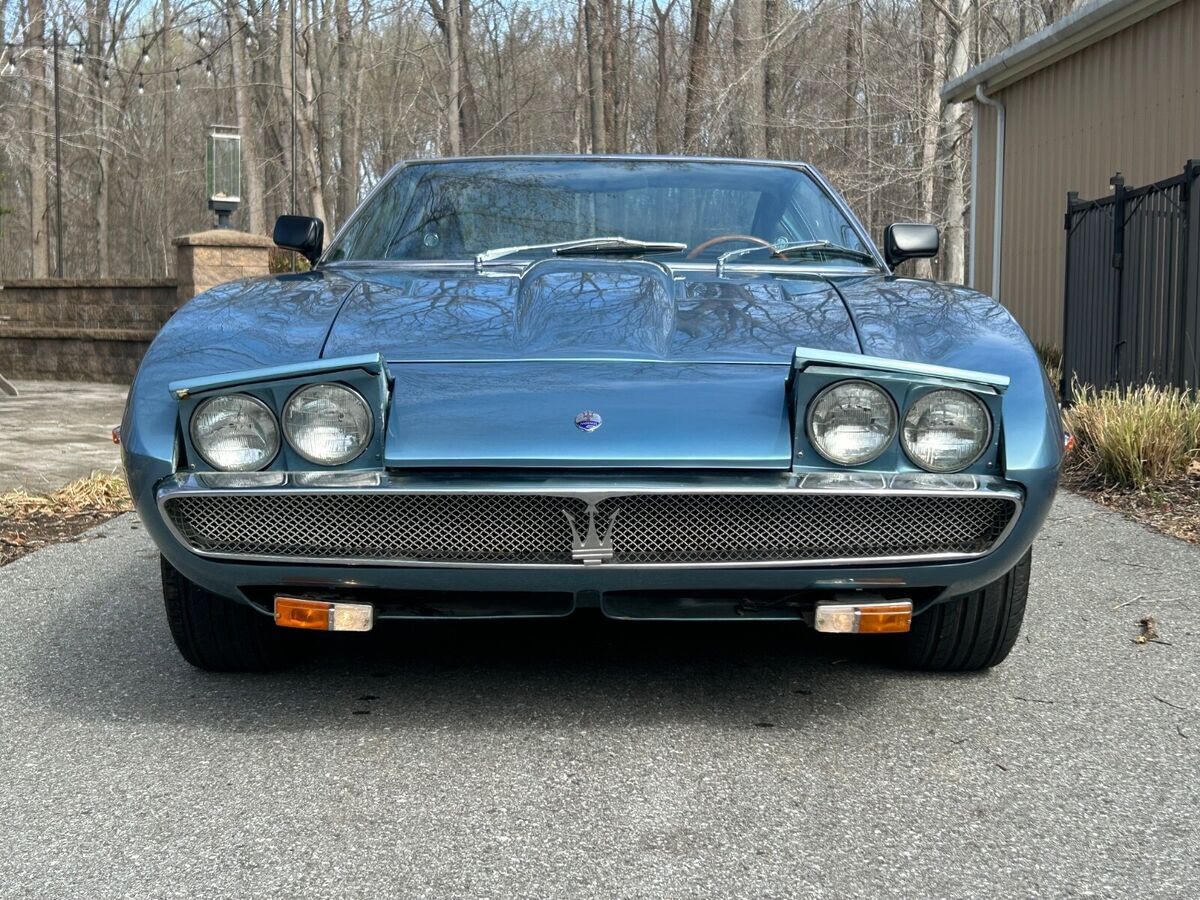
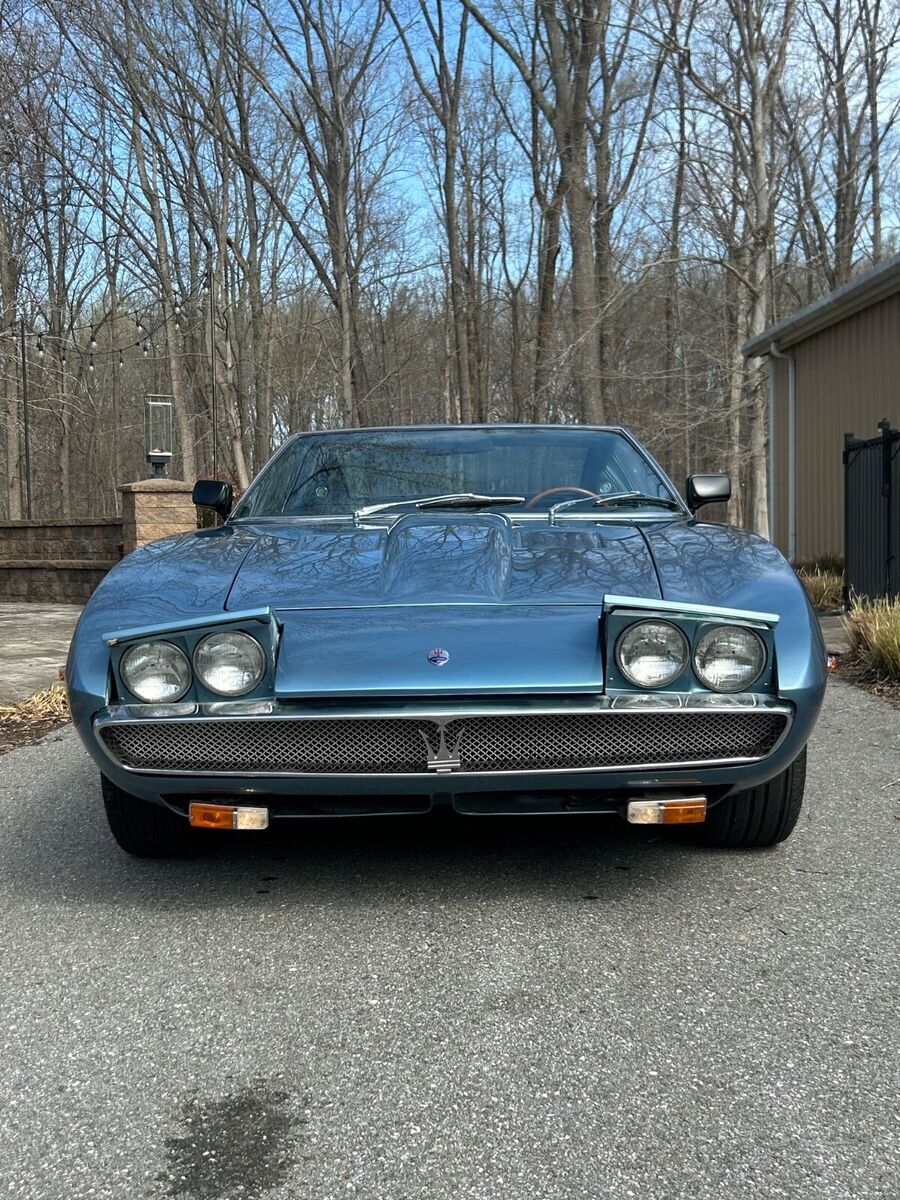
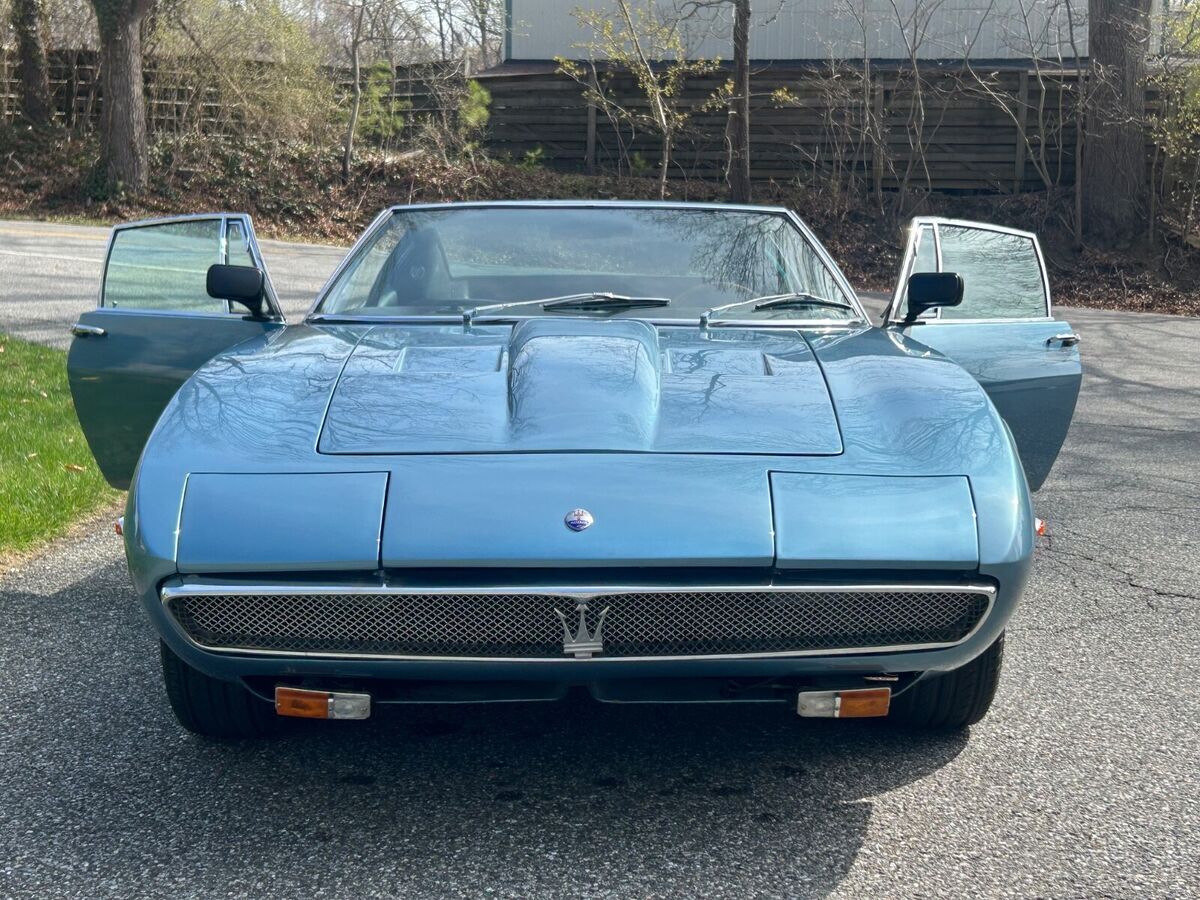
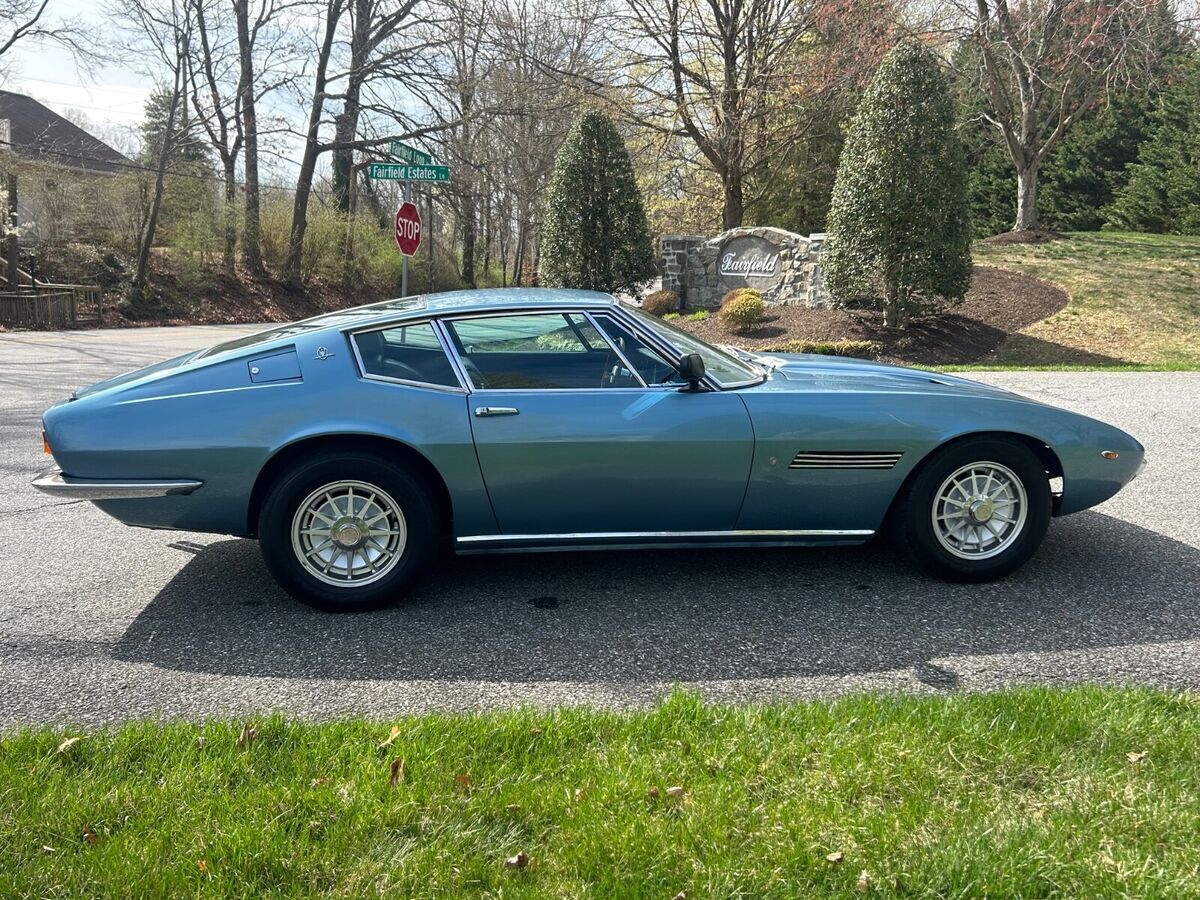
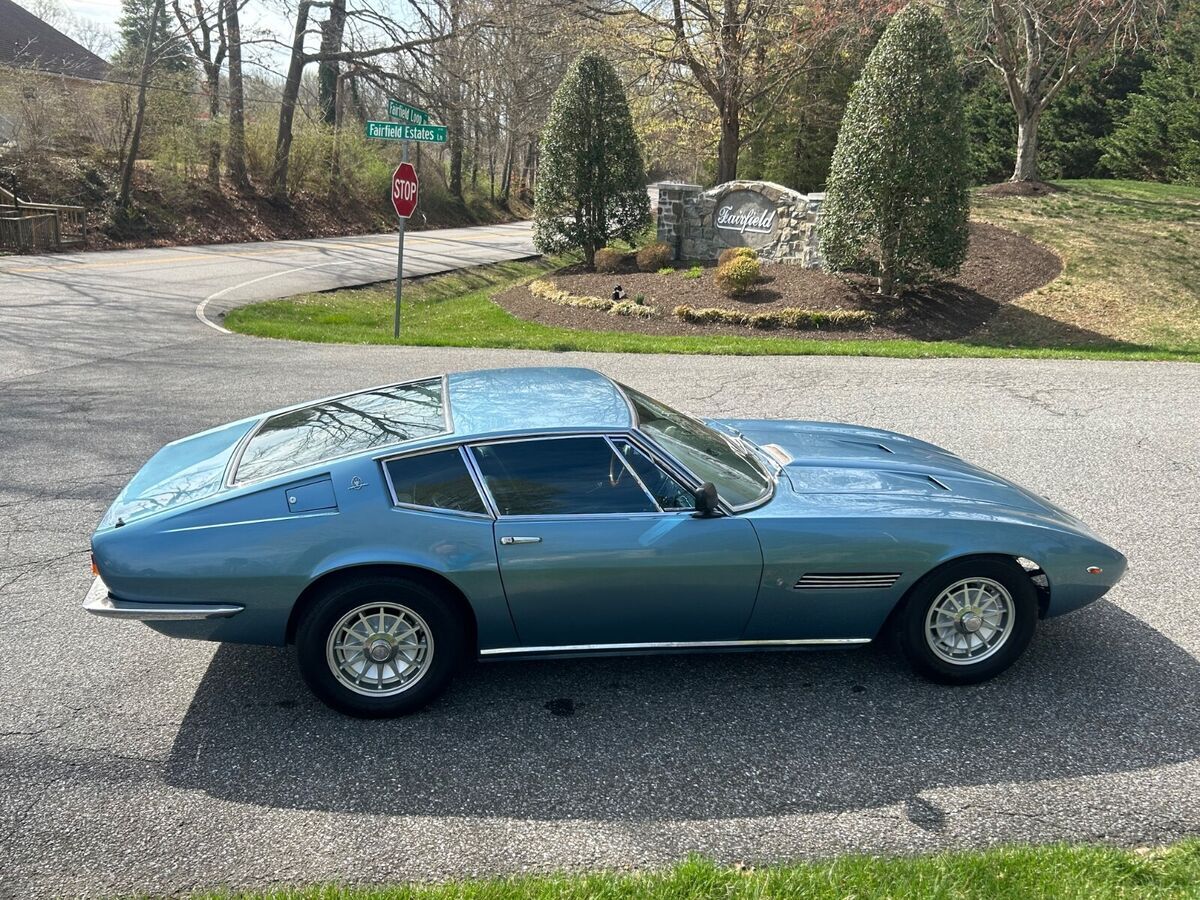

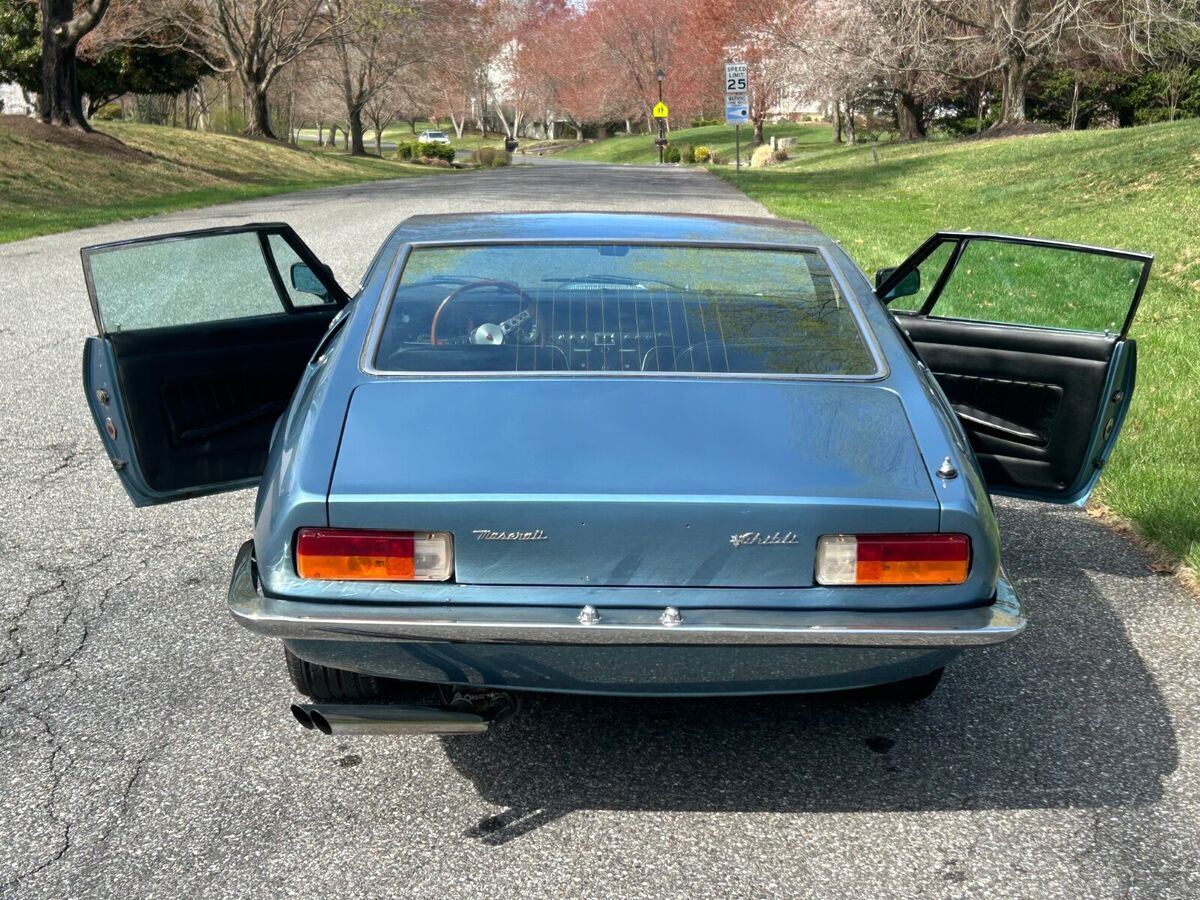
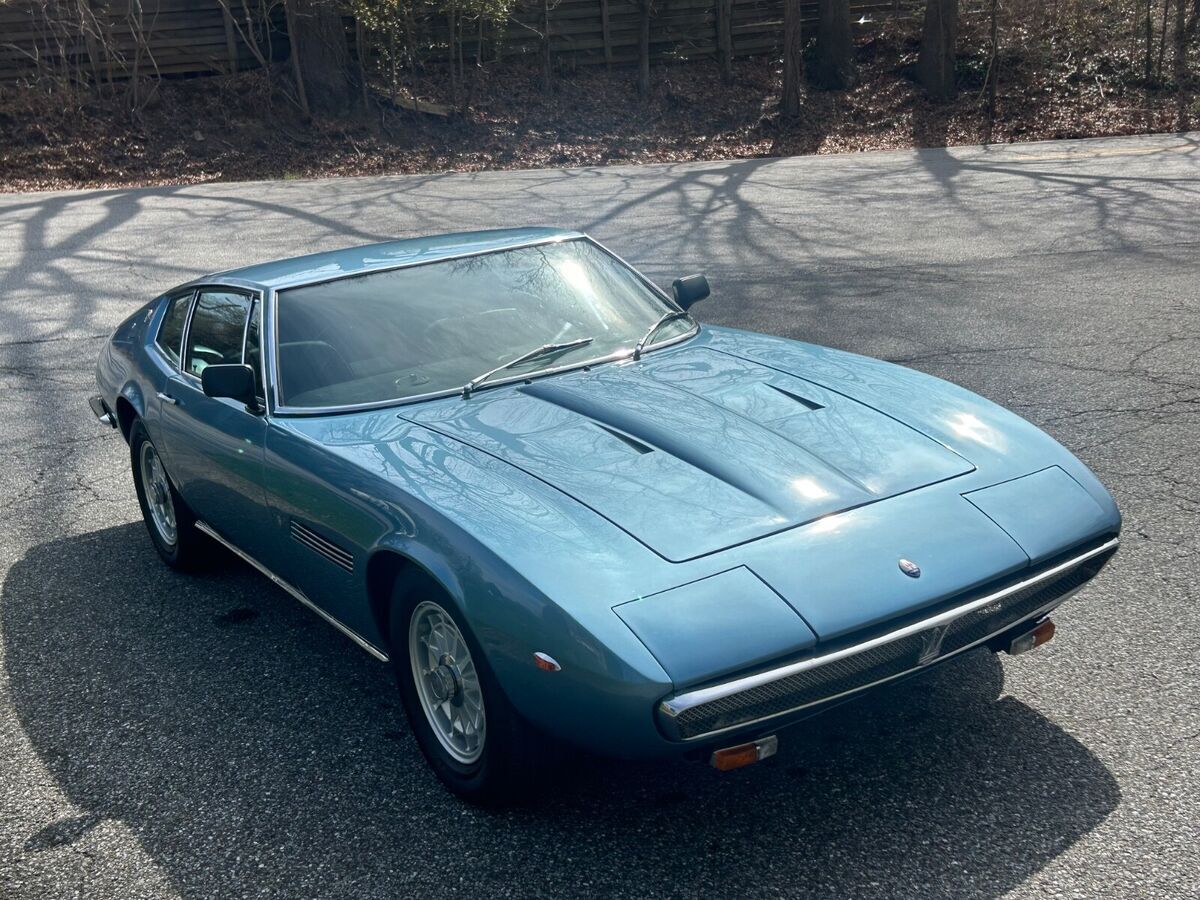
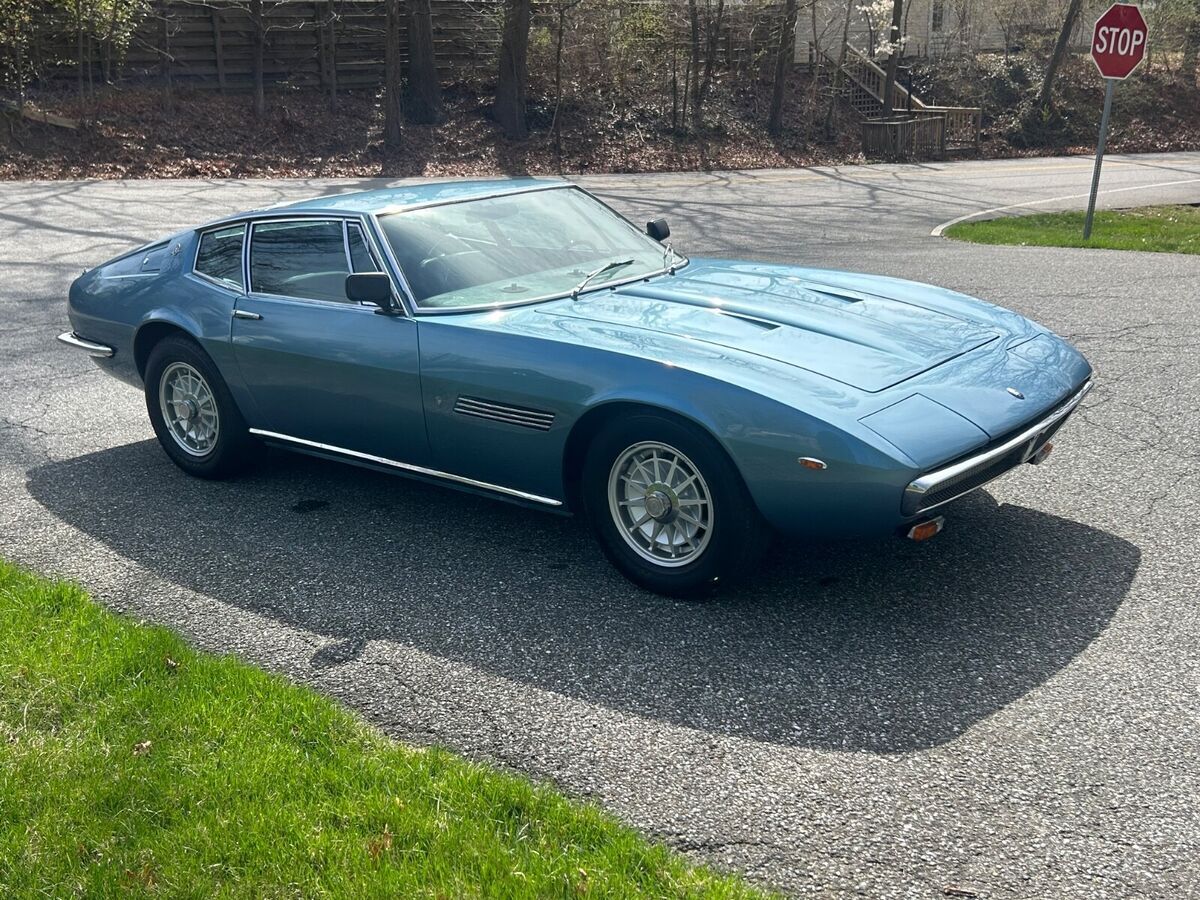
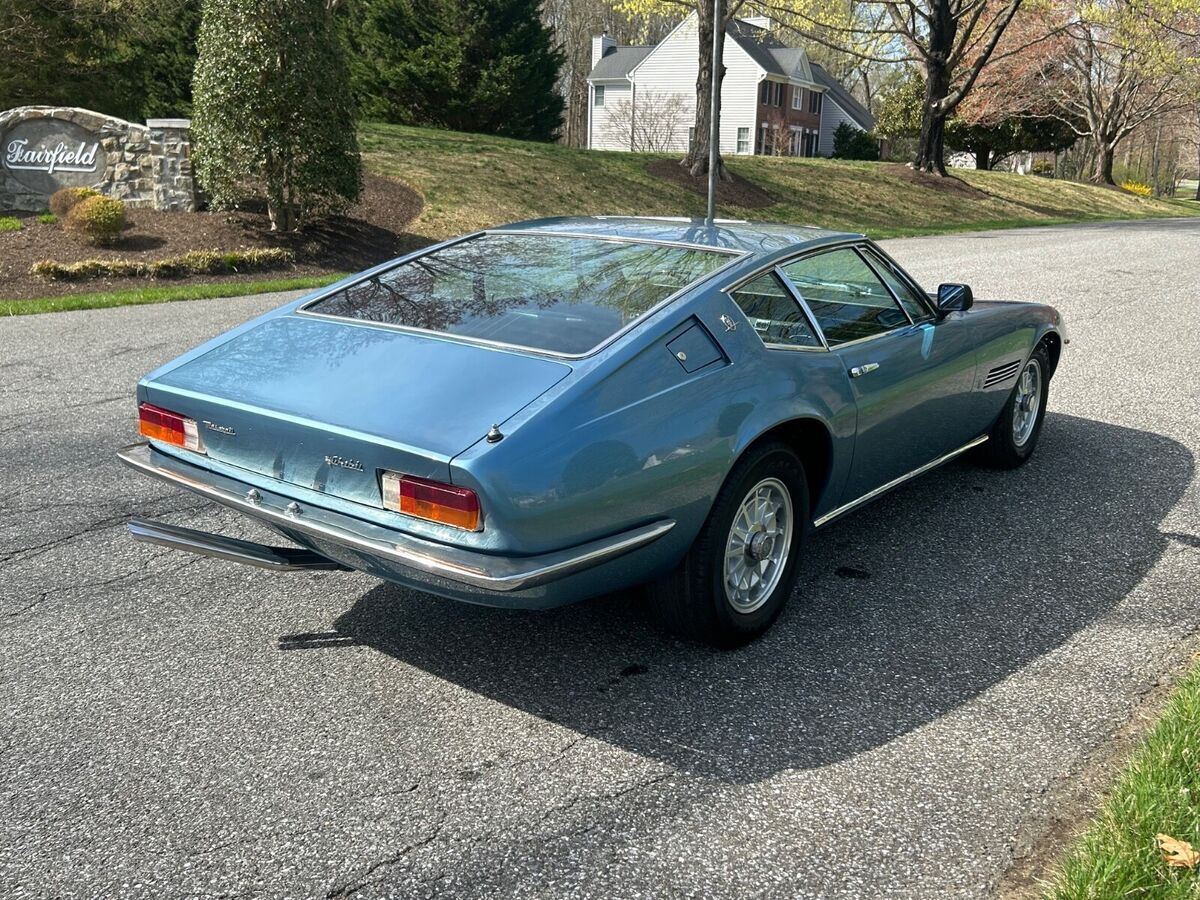

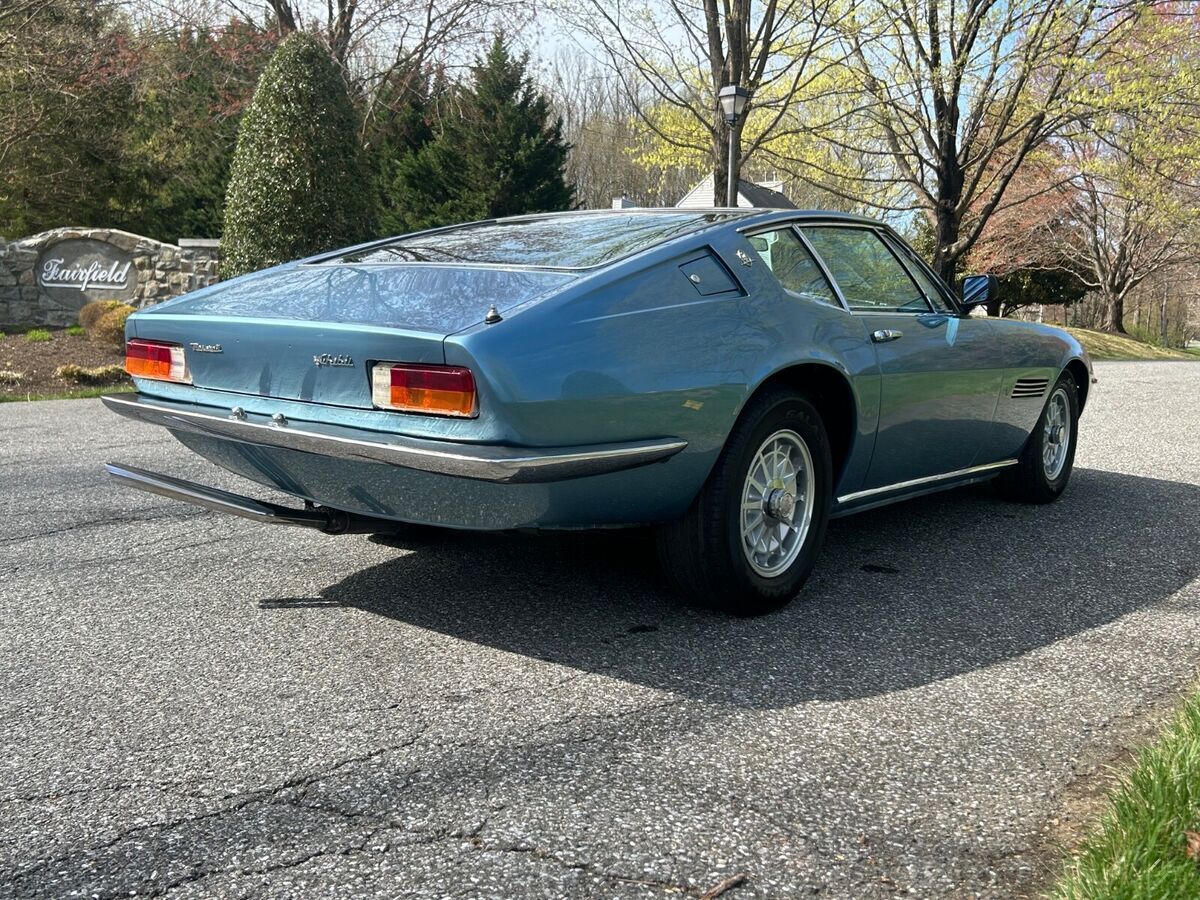
Vehicle Description
-1967 Maserati Ghibli 4.7 Coupe- Coachwork by Ghia Chassis no. AM115.210
4,719cc DOHC V8 Engine 4 Weber Carburetors 330bhp at 5,500rpm 5-Speed Manual ZF Transmission Independent Front Suspension - Live Rear Axle 4-Wheel Disc Brakes *Desirable factory 5-speed ZF gearbox *US-market example *Era-evoking Giorgetto Giugiaro design -MASERATI GHIBLI- A strong contender for the "most handsome car of the 1960s" title, Maserati's Ghibli debuted in coupe form at the Turin Motor Show in November 1966. Styled at Carrozzeria Ghia by Giorgetto Giugiaro and named after a Sahara Desert wind, the Ghibli rivaled the Ferrari Daytona for straight-line performance - its top speed was close to 275km/h (170mph) - while beating it for price. More than 4.5m long and 1.8m wide, the Ghibli occupied an inordinate amount of space for a mere two-seater, but perhaps the most startling aspect of its appearance was the height, or rather the lack of it. Dry-sump lubrication enabled the engine to be mounted deep in the chassis, permitting a low bonnet line, while limited suspension travel ensured that the tires did not foul the wheel arches. The roofline fell away from the top of the steeply raked windscreen to the chopped-off tail, Giugiaro thus achieving a cabin lower than that of almost all the Ghibli's contemporaries, albeit one with restricted headroom for rear passengers. Like the contemporary Mexico 2+2, the Ghibli used a shortened version of the Quattroporte saloon's tubular steel chassis in its live rear axle form. In preference to the more complex suspension designs favored by its rivals, the Ghibli used leaf springs and a single locating arm, a much more easily maintained arrangement. The power unit was Maserati's powerful, four-cam, 90-degree V8, an engine derived from that of the 450S sports racer and first seen in road-going guise in the 5000GT. This was used in 4.7-liter form up to 1970 when it was superseded by the 4.9-liter SS version in order to meet ever more stringent emission laws. The gain in horsepower was minimal, but in either case performance was stunning, with 160km/h (100mph) attainable in under 16 seconds. This neck-snapping acceleration resulted from the V8's enormous torque, which made the Ghibli one of the most flexible and easy-to-drive GTs of its era. One of the most stunning sports cars ever made, the Ghibli was a worthy rival for the Ferrari Daytona and represents exceptional value for money today, just as it did over 50 years ago.
Engine and performance
Model
Engine type
Displacement
Power
Torque
Fuel system
Ghibli
V8DOHC
4,719cc (4.7L; 288.0cuin)
310PS (228kW; 306hp)
393N⋅m; 290lbf⋅ft (40.1kg⋅m)
4× vertical twin-chokeWeber carburetors40 DCNF/5 (42 DCNF/9 from 1969)
This car has been in a private overseas collection for the last 15+ years. Now located in Crownsville, MD with a clean Maryland title. This car is an older restoration, in good condition. Please feel free to ask any questions, or come to inspect the car in person.
